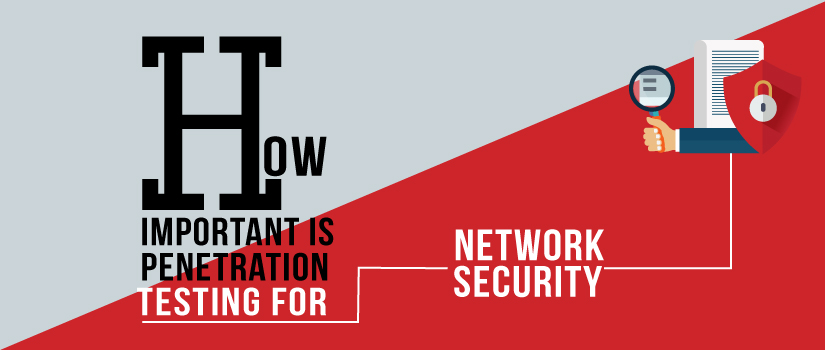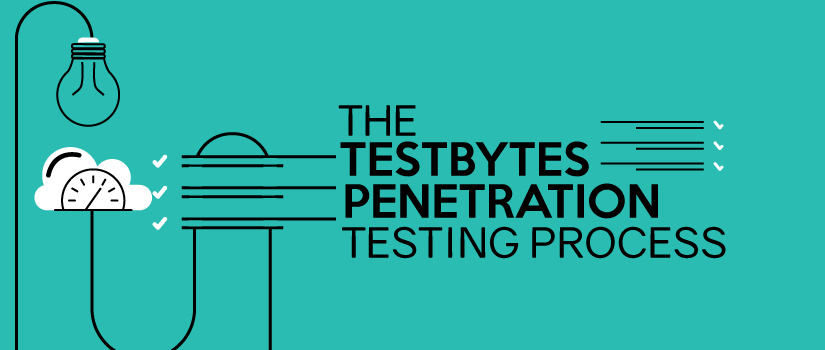Network penetration testing which is also called ‘pen testing’ is an important process related to finding weaknesses in networks and protecting them from hackers.
It is basically a kind of practice of testing a computer system, network or web application in order to find weaknesses as well as security vulnerabilities.
Overview of Network Penetration testing
When it comes to a network system, Many hardware and software system has to work harmoniously to make sure that data transfer is happening with no trouble. Owing to the same, there is a huge chance of vulnerabilities being exploited by hackers. To make sure that there is no loose end in a network system, penetration testing can be performed.
- Performance testing can reveal a security flaw in any particular network environment
- Helps in understanding the risk
- Can be used to fix network flaws
Methods of Network Penetration Testing:
In order to execute network penetration testing, two distinctly different methods are generally applied.
They are,
- Internal network penetration testing
- External network penetration testing
It is very important to know the differences between these two different kinds of network penetration testing for executing these effectively.
Why Should I Conduct A Network Penetration Testing?
- All the vulnerabilities that can be used by hackers against you can be found out.
- Recovery costs after hacking is
Internal Network Penetration Testing
Internal network penetration testing is a kind of test that is used to find out issues from the inside.
Here, a consultant is placed within the corporate environment and connected to the internal network.
Internal network penetration testing is more important than the external.
It is because the attack from the inside can do greater damage compared to an external attack.
In the case of an internal attack, some of the protection systems have already been bypassed and the person on the inside understands where the network is located and the person knows very well what to do right from the beginning.
The threat is more intensive in the case of an internal attack and that makes it different from the external network penetration testing.
External Network Penetration Testing
An external penetration test is completely different from the internal network penetration test as here the consultant is not connected to the internal network.
In this case, a consultant is placed in order to look for the security issues from the outside of the network over the public internet.
External penetration testing has been being used for a long time and therefore it is also called the traditional form of penetration testing.
In order to make out the ability of an intruder to the internal network of a computer system, this kind of penetration testing is designed.
There are many different methods which are used in this form of testing. One of the important methods is to use a web app or application.
It may be vulnerable or it might trick a user of the system into providing their important information like their password.
It may also provide access to the VPN (Virtual Private Network) and consequently, someone from the outside can get the full access and the black hat hackers can do anything with the network staying outside.
Internal and External Penetration Testing Tools:
Generally, automated tools are used in internal as well as external penetration testing in order to identify malicious codes.
Basically, these penetration testing tools can identify hard-coded values like usernames and passwords and thus verify vulnerabilities in the system.
There are some characteristics of these tools which are mentioned below:
- Tools should be easy to use and configure
- It should scan a system without any issue
- Tools should categorize the vulnerabilities depending upon its intensity
- It should re-verify the previous vulnerabilities or exploits
- It should generate detailed vulnerability reports and logs
There are many free penetration testing tools available on the internet and it enables the pen testers to adapt or modify the codes depending upon their own needs.
Some most widely used free pen-testing tools are mentioned below:
- The Metasploit Project (an open-source project owned by Rapid7, a security company)
- Nmap or Network Mapper
- Wireshark
The interesting thing is that both white hats and black hats can use these tools as these are free.
But, these tools also help the pen testers to understand the functionality of these tools in a better way and they also make out how these tools can be driven against their organizations.
Internal and External Penetration testing strategies:
There are some strategies used by the pen testers mentioned below:
- External testing
External testing is executed to find out how far an outside attacker can get in after gaining full access.
Generally, a company’s external servers like domain name servers, email servers are tested through this testing.
- Internal testing
Internal testing simulates an inside attack that is performed by an authorized user and this kind of test is executed to find out how far an intruder can damage a system if he or she is connected to the internal network.
However, there are many other strategies like blind testing, black-box testing, white-box testing but, among those the strategies mentioned above are commonly used.
Conclusion
In conclusion, it may be remarked the results of internal and external penetration testing can give a perfect picture of the security of a system.
These tests are very useful in order to get rid of the weaknesses as the reports related to these tests provide accurate suggestions. Though it is difficult to make a system invulnerable, these tests are still useful to cut down the threats.












